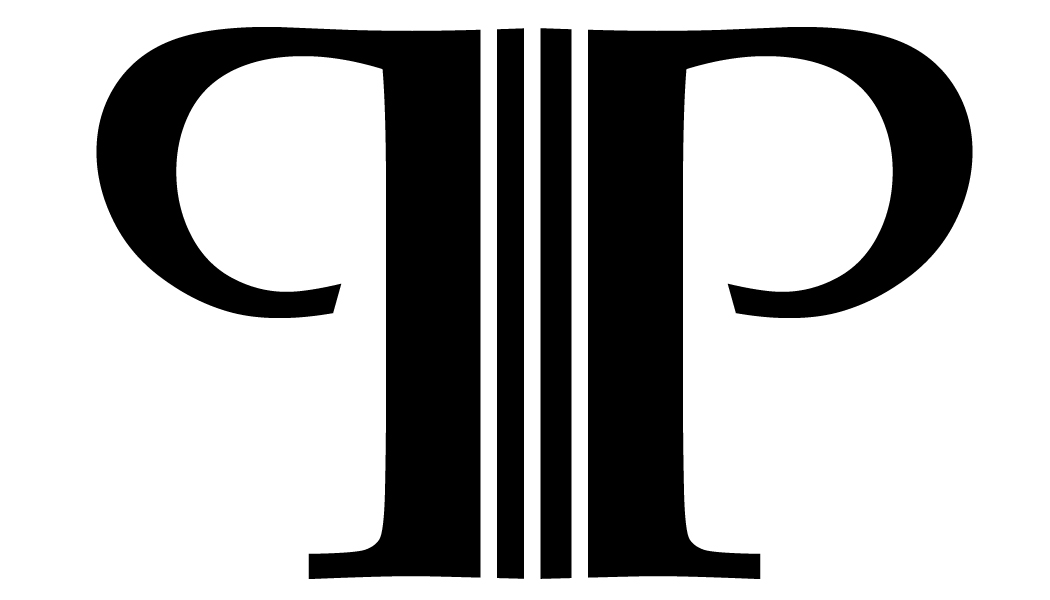When someone takes up a string instrument for the first time they are reliant on the luthier of the shop to decide on the set up. When we talk about set up we are talking about what strings are on the cello, the tailpiece, bridge, soundpost and how the fingerboard is planed. In our shop we make the determination ourselves by knowing something about the player; how long have they been playing, what kind of playing will they be doing, solo or ensemble, do they have any physical limitations? For a brand new player we will plane the fingerboard so that it is very easy for them to put their strings down- there is enough to learn without needing to lift weights first in order to stop your strings. Another variable is the height of the strings themselves: new players would like to follow the path of least resistance while more experienced players want a bit of push-back.
As people progress on their cello it is natural and good for them to listen to varying styles of music that include the cello. I will often send links for students to hear something that is particular to the music we are working on together. However the challenge becomes when someone begins to make progress and starts to listen to recordings against the sound of their live instrument and, to their ears their cello falls short.
Pretty much 98% of their complaint is about their A string. In listening to recordings, with all of their wonderful reverberation, their live cello sounds more like a clarinet than what they are listening to. Sometimes I am privy to the recording they are listening to and I am quite amazed to find that, while it seems that the video is live, the cello sounds as if it was being played under water. Often included is a lot of hair tossing, frequent scowling and occasional chest hair, which I guess is suppose to make everything OK. And it is always the A string that sounds most unlike that of our own cello..
We want balance across our strings, ideally we try hard to find strings that work, not just as individuals, but as team players. However, as you progress, you will find that your star player is your A. As Paul reminds me, “Your A string is your money string.” Even in finding balance, it is necessary for the A to cut through the fog.
What happens is that electronic enhancement in recordings, among other things softens the edges. Advancing electronics can make a cello sound richer, fuller, deeper, devoid of sizzle. But the one thing it almost never does, is to make it sound like a real cello. In live performance the instrument would come across completely differently. More focused, with more bite and you would love those sharp edges.
In Vermont, the crazy flux in humidity levels wreaks havoc on our sound post placement- too tight one day, not tight enough the next. This, in turn, wreaks havoc on our sound production. I am, for many reasons, incredibly lucky to have Paul: but one reason for sure is that he keeps my cello barking. And that is exactly the word I use. (In a private conversation, out of my earshot, Paul might tell you that he would prefer it if that dog didn't have to be adjusted so it could bark at ten at night however.)
We have to examine our reasoning for wanting our sound diminished with a soft A string. Where you are today as a student will not be where you are tomorrow. Of all the strings, the open A can be the most intimidating. I've watched students do some amazing acrobatics to avoid using an open A. But an open A can be amazingly effective when played well and by well I mean with courage.
Perhaps the adjustment we need to make is not with the instrument and not with the strings...and you know who that always leaves.
Melissa Perley

